“Who Runs the World? Girls.”

February 8, 2021
As we approach International Women’s Day next month, let’s remember all the significant ladies who have changed and inspired young women all over the world.
On Monday, March 8th, we will be celebrating women all across the globe and the steps we’ve taken to get where we are today. To think, just decades and centuries ago women weren’t permitted to vote, work, play sports, initiate a divorce, and so much more that we don’t have to think twice about in today’s world. Although we still fight for equal pay, ending harassment, and equal representation in the government, it is important to recognize just some of the women that have helped us get to where we are today. There’s hundreds I wish to talk about but below are just ten women who have truly changed the world.
Susan B. Anthony (1820-1906) 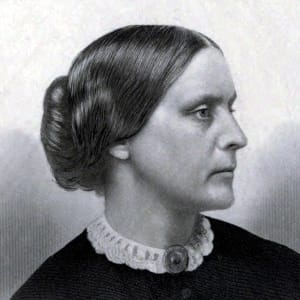
“Men, their rights, and nothing more; women, their rights, and nothing less.”
Susan B. Anthony was a women’s rights activist whose role in the Women’s Suffrage Movement influenced women across the country to fight for their rights. Born and raised in Massachusetts under a family who served in the military and government, she had always believed that everyone was equal under the eyes of God.
She began speaking for what she believed in as an abolition activist, and delivered speeches against slavery, even though it was seen as ‘inappropriate’ for a woman to deliver a speech. When the Seneca Falls Convention was held in 1848, Anthony originally did not attend, but met her longtime friend Elizabeth Cady Stanton just years later and began to travel, delivering speeches that demanded women the right to vote.
What was so motivating about Susan B. Anthony was that she never let anything get in the way of advocating for what she knew was right, even when she was arrested multiple times. She had characteristics and traits that set her up for success and along with Stanton, she founded the American Equal Rights Association, which garnered attention across the country.
Anthony devoted her life to earning women what they deserved, which was equality to men. She created the National American Women’s Suffrage Association and for years she traveled, gave speeches, signed petitions, and never gave up. Unfortunately, she never got to see the day where women could vote, but 14 years after her passing, the 19th amendment was passed and everything she worked for became worth it.
Marie Curie (1867-1934) 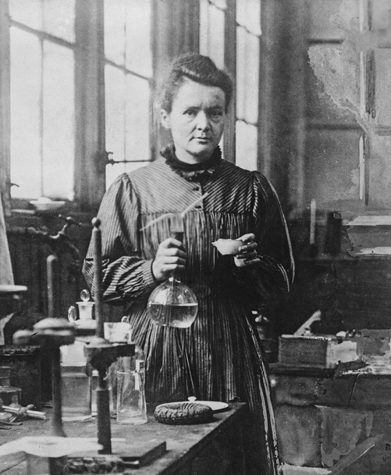
“One never notices what has been done; one can only see what remains to be done.”
Marie Curie was born into a family of teachers, and at a young age she was clever, curious, and did very well in school. She dreamed of attending college, but was pushed back when she realized that the only school in her country only taught men. Not giving up, her and her sister began to work and save up to study abroad and achieve their goals.
In 1891, she moved to Paris to study at the university of Sorbonne and she earned a degree in physics, math, and chemistry. Faced with many hardships, especially being poor with very little food readily available, she still went on to gain a master’s degree in physics and math. At university, she fell in love with a physics professor, known as Pierre Curie and after they married they began to study “radioactivity”.
Marie Curie eventually invented what is now known as atomic physics and discovered two new elements, polonium and radium, while also taking care of her new baby daughter. This discovery led her to win the Nobel Prize and she became the first woman ever to receive this award.
Her husband was later killed after the birth of her second child, and although she was devastated, she took over his work and won another Nobel Prize in 1911. She continued changing the world of science, despite the obstacles she faced, and her development of x-ray machines is still used today in the world of medicine. Today, her legacy still inspires little girls all over the world who take an interest in science, and she shows them that nothing can stop you from achieving your dreams.
Malala Yousafzai (1997-present day) 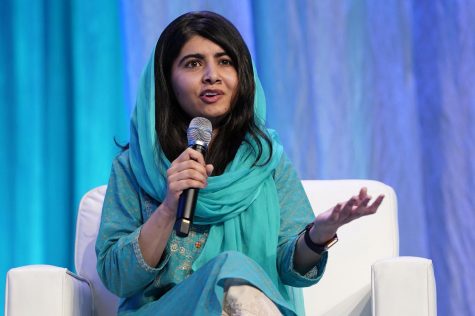
“If one man can destroy everything, why can’t one girl change it?”
At just 23 years old, Malala has devoted her life to advocating for little girls and their education and has become well-known across the world. She was born in Pakistan in 1997 and her father was determined that she had every opportunity a boy would have. He was a teacher and started an all-girls school and strongly believed that nothing should affect your access to education.
In 2008, a group of extreme Pashtuns that fought their way to power in Pakistan known as the Taliban took control of Malala’s hometown, and created restrictions against things like televisions and playing music, and banned girls from attending school. Desperate for a fair education, Malala secretly continued to attend school and work ordinary clothes instead of her uniform.
Four years later, Malala began to speak out publicly regarding girls and their right to learn and became a target. That October, she was shot in her head on the bus ride home from school and woke up ten days later, looking at months of surgeries and rehabilitation. She took this traumatic experience in her life, and instead of becoming quiet and ending her fight, she continued to advocate for everything she believed in and until every little girl received an education. Her advocacy led her to become the youngest person to ever receive a Nobel Peace Prize in 2014.
At 2018, she enrolled in the University of Oxford, majoring in philosophy, politics, and economics, and continues to travel the world, meeting young girls fighting gender discrimination, wars, poverty, and so much more, and allowing their stories to be heard.
Amelia Earhart (1897-1937) 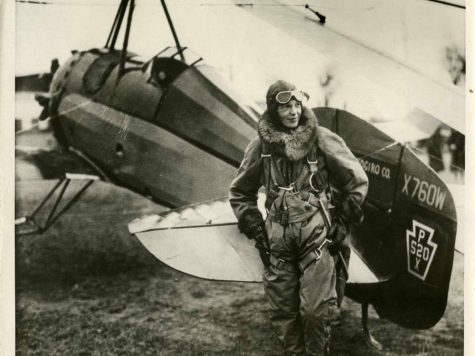
“Women must try to do things as men have tried. When they fail, their failure must be but a challenge to others.”
As you can see in the previous women mentioned, their childhood deeply affected and shaped who they became. Amelia Earhart experienced more of a difficult childhood, with an alcoholic father and a very poor family, and spending a lot of time with her grandparents. This led her to become very independent, yet adventurous, and set the foundation for her future.
One day as she was at an air show, a pilot on a red plane swooped it toward her and the thrill she felt led her to believe that she was destined to take up flying. Soon after, she flew for the first time and began to devote her life to it.
She worked to save up for lessons, cut off all her hair, slept in her leather pilot’s jacket to make it look worn, and wouldn’t let anyone get in the way of succeeding. In 1928, she joined a team of male pilots that were travelling from the United States, across the Atlantic Ocean. This trip made Earhart the first woman to ever travel across the Atlantic Ocean, and her success made her a hero.
She married soon after this and her and her husband began to make plans for her to become the first woman to fly solo across the Atlantic. It was nearly impossible, because at a time with no computer systems you would need a navigator, a mechanic, and a copilot for when things went wrong. Despite these possibilities, on May 20th, 1932, she defied all odds and successfully crossed the Atlantic solo. Earhart went on to set many more records and was on the way to become the first woman to fly around the world.
In 1937, Amelia and her navigator began this adventure and travelled almost the entire route in just over a month. Unfortunately, just seven thousand miles short, messages were sent saying they were running low on fuel, and the plane disappeared. After a long air and sea search, the government had given up on Earhart and her navigator, and to this day no one truly knows what happened to them. Her legacy continues to live on and her passion, bravery, and courage will forever inspire women with big dreams.
Harriet Tubman (1820-1913)
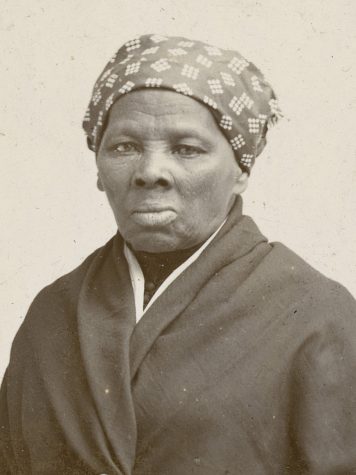
“Every great dream begins with a dreamer. Always remember, you have within you the strength, the patience, and the passion to reach for the stars to change the world.”
Born into slavery in Maryland in 1920, Harriet Tubman was uncared for, abused, and beaten while she worked strenuous hours around houses and in fields. She knew that there were millions of African Americans out there experiencing the same things she was, and this inspired her to spark a change.
At 29 years old, she fled on foot with the help of a trusting white woman, followed the North star to Northern states where slavery was abolished, and men and women just like her were free. Even though she was safe, she couldn’t help but worry about the people she left behind, including her husband, parents, and siblings. After returning to rescue them, she led her family to freedom in the north, and began to risk her life to free other slaves, causing her to become the most famous conductor of the Underground Railroad.
Tubman developed strategies and tricks for her escape to come successful, such as putting secret codes in letters, giving babies medicine to prevent them from crying, and making owl noises that told slaves when it was safe to move. Believing that God was protecting her, Tubman led dozens of slaves to freedom and never lost “a single passenger”. Her power as a freedom fighter made slave owners aware that slaves were capable of rebellions, and she inspired slaves that they too could one day escape.
After the end of the Civil War and the abolition of slavery, she moved to New York to care for her parents and other freed elders and earned money by selling books and delivering speeches. Her bravery and passion is incomparable and she gave so many slaves the life they deserved, and to those she couldn’t save, she gave hope and inspiration.
Elizabeth Blackwell (1821-1910) 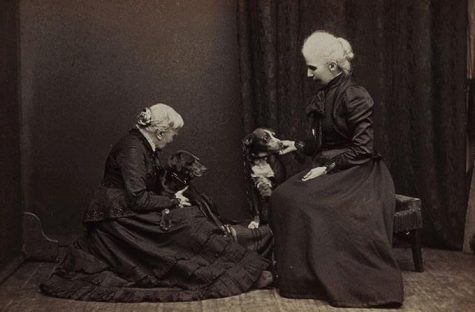
“If society will not admit of women’s free development, then society must be remodeled.”
Raised by activists fighting to end slavery, Elizabeth Blackwell was blessed with gentle, loving parents, and eight brothers and sisters. Her father moved their family to the United States when she was eleven years old, where he continued to fight for abolition, and after his passing six years later, Elizabeth and her siblings continued his work.
A few years later, Blackwell became a teacher and set up a school alongside her sisters and had a passion for history. Everything changed one day when her close friend was dying, and told Blackwell that she would not have suffered if her doctor was a woman. This inspired Blackwell to become a doctor, and she never looked back. Although faced with many challenges, mainly due to the fact that a woman had never been a doctor before, she continued to learn and discover the world of medicine.
She was finally accepted into the Geneva Medical college in New York, seen as a joke, and she became the first female medical student in the United States. She worked and in 1849, became the first woman to earn a medical degree in an American medical school. She traveled and worked in clinics and London and Paris. While studying in Paris, Blackwell caught a contagious eye disease from a patient that left her blind in one eye and crushed her dreams of becoming a surgeon.
This didn’t stop her completely, she returned to New York and opened her own medical practice because no one else would hire her and opened the New York Infirmary for Women and Children. Just ten years later, she opened a medical college for women.
Caring for women before, during, and after childbirth, and focusing on educating and inspiring young women across the country, are just some of the things that made Blackwell so significant. She changed people’s point of views of women and the medical profession forever and she would be extremely proud to see how many women have taken up the profession today.
Mary Wollstonecraft (1759-1797) 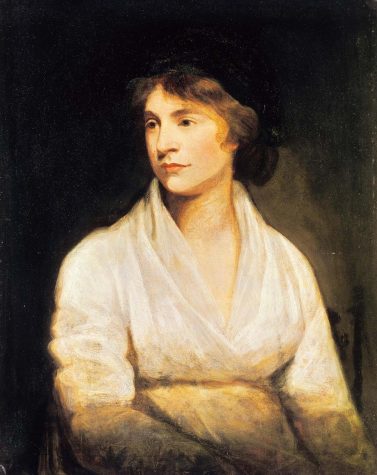
“I do not wish them [women] to have power over men; but over themselves.”
Mary Wollstonecraft was born and raised by an abusive father, leading her to leave home and dedicate herself to a life of writing. With the help of her best friend, she established a school and took her teaching experiences to write the pamphlet Thoughts on the Education of Daughters (1787).
She eventually began work for Joseph Johnson years later who was a noted publisher of radical texts. She strongly contributed to his work, and four years later she published A Vindication of the Rights of Woman, which became her most published work and claimed that women were transformed into tyrants over their children and servants. She strongly believed that women should have access to the same educational opportunities as men.
Her ideas were truly remarkable and revolutionary, because during that time period, women had little to no significance in society. Although, causing much controversy, she will forever go down in history as one of the first women to speak out against inequality.
Indira Gandhi (1917-1984) 
“To be liberated, woman must feel free to be herself, not in rivalry to man but in the context of her own capacity and her personality.”
Jawaharlal Nehru became the first Indian prime minister, and the father of Indira Gandhi. While he was occupied fighting for freedom from the British and put in prison, her mother delivered speeches also causing her to be arrested multiple times. This caused Indira to become a lonely child and she began to help the independence movement by involving children in school in the campaign to free India from the British by creating posters. She became very intelligent and enlightened and attended many different schools in many different countries.
In 1947, India finally won its independence from Britain and Indira’s father was chosen as the country’s first prime minister. Due to the passing of her mother, Indira stepped up to be a “first lady” and learned a lot about politics. When her father passed in 1964, the next prime minister made Indira the minister of information and broadcasting. She took this opportunity to allow people of all backgrounds and beliefs to speak their thoughts on the televisions and radio. This was the first time in India that people were permitted to speak freely.
After the prime minister died, Indira stepped up and became prime minister until the next elections, and became the first woman in the world to be elected a leader of a country by its people. Although faced with lots of backlash and hatred, she was reelected four times and attempted to bring unity and peace to India.
In 1984, she was shot and killed by two of her own bodyguards and she died still fighting for what she believed in. She is remembered for her power to make India more modern and strong, and leading them to victory against Pakistan. Even though it wasn’t easy, and she didn’t live a happy ending, she truly showed the world that women could make strong leaders and have a big impact.
Valentina Tereshkova (1937-present day) 
“If women can be railroad workers in Russia, why can’t they fly in space?”
Valentina Tereshkova is just like every other 83 year old woman, except for the fact that she was the first and youngest woman to travel in space. Born in western Russia, she was raised by her widowed mother and began work in a textile mill at seventeen years old. She was intelligent and spent a lot of time studying when she wasn’t working. She developed a love for parachuting (without her mother’s knowledge!) and just a few years later she was chosen to train as a cosmonaut in the Soviet Union Space program.
While the Soviet Union and the United States were at a “Space Race” between the 1950s and 60s, many satellites were being sent up to space. In 1961, they sent the first astronaut to space. This placed the Soviet Union in the lead in the “Space Race”, and to keep this lead they began training four female cosmonauts one of which was Tereshkova.
On June 16th, 1963, Valentina was the only one chosen for space flight and she took off, orbiting the Earth 48 times in under three days. She became known as the “Hero of the Soviet Union” and her participation in the race, benefitted the Soviet Union greatly. She led the Soviet Committee for Women for almost 20 years and inspired women who dreamed of one day travelling to space.
Kamala Harris (1964-present day) 
“To the children of our country, regardless of your gender, our country has sent you a clear message: Dream with ambition, lead with conviction, and see yourself in a way that others might not see you, simply because they’ve never seen it before. And we will applaud you every step of the way.”
On January 20th, 2021, Kamala Harris became the first female vice president in American history. She was born in 1964 to two immigrant parents in Oakland, California. She went on to college and graduated from Howard University and the University of California, Hastings College of Law.
Both her parents were activists, bringing her along to civil rights demonstrations, introducing her to role models that would inspire her to one day make a difference in our country.
She has spent her career fighting for the people, and has given many Americans a second-chance opportunity and has helped students and veterans that are taken advantage of by a for-profit education company. She also enforced environmental law and was a national leader in the movement for marriage equality.
In 2017, she was sworn into the United States Senate and spoke on behalf of immigrants and refugees that were being targeted at the time. She traveled all over the world to less fortunate countries, and met with service members to assess situations taking place there.
Although we live in a period where you’re judged heavily on your political opinion, no matter who you voted for in November, it is safe to say that watching with our very own eyes as the first woman, the first Black American, and the first South Asian American is elected a Vice President is extraordinary. Little girls across the country of all ethnic backgrounds are inspired by Kamala Harris and will be for many years to come.
The Future of Women
While we reflect on all these women before us, it is crazy to see how greatly they have impacted the world we live in today, and how far we have come because of them. Their perseverance, bravery, and intelligence should continue to live on in the spirit of women across the globe for generations to come. Just because International Women’s Day is celebrated one day in March once a year, does not mean we can’t celebrate the success of these women and the hundreds of others just like them all year round.
Who knows? Maybe a hundred years from now, our names can be in textbooks and history lessons. It is never too late to make a difference in the world, and your gender should never hold you back.
Because as the Queen B once said, “Who Run the World? Girls.”

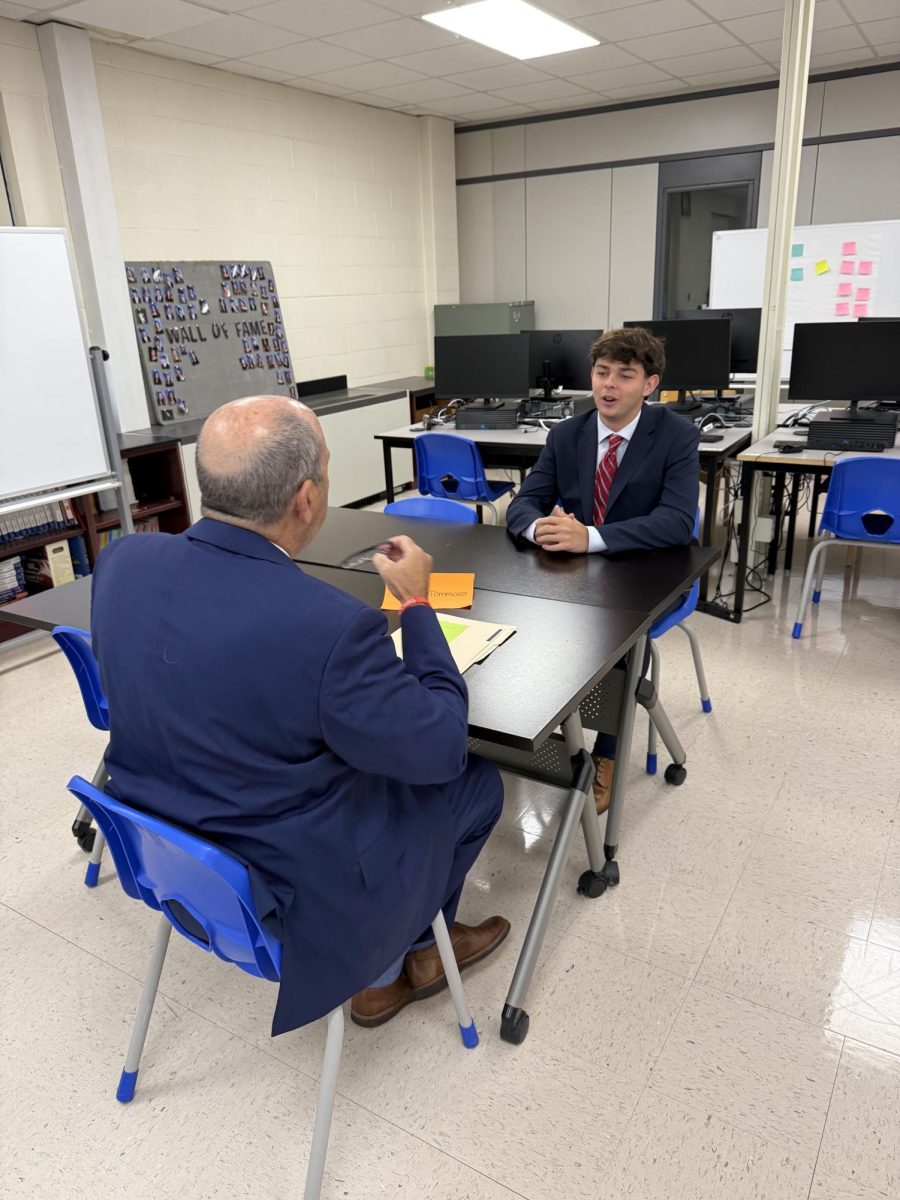


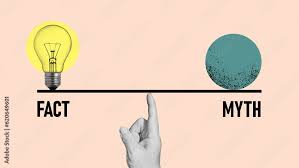
















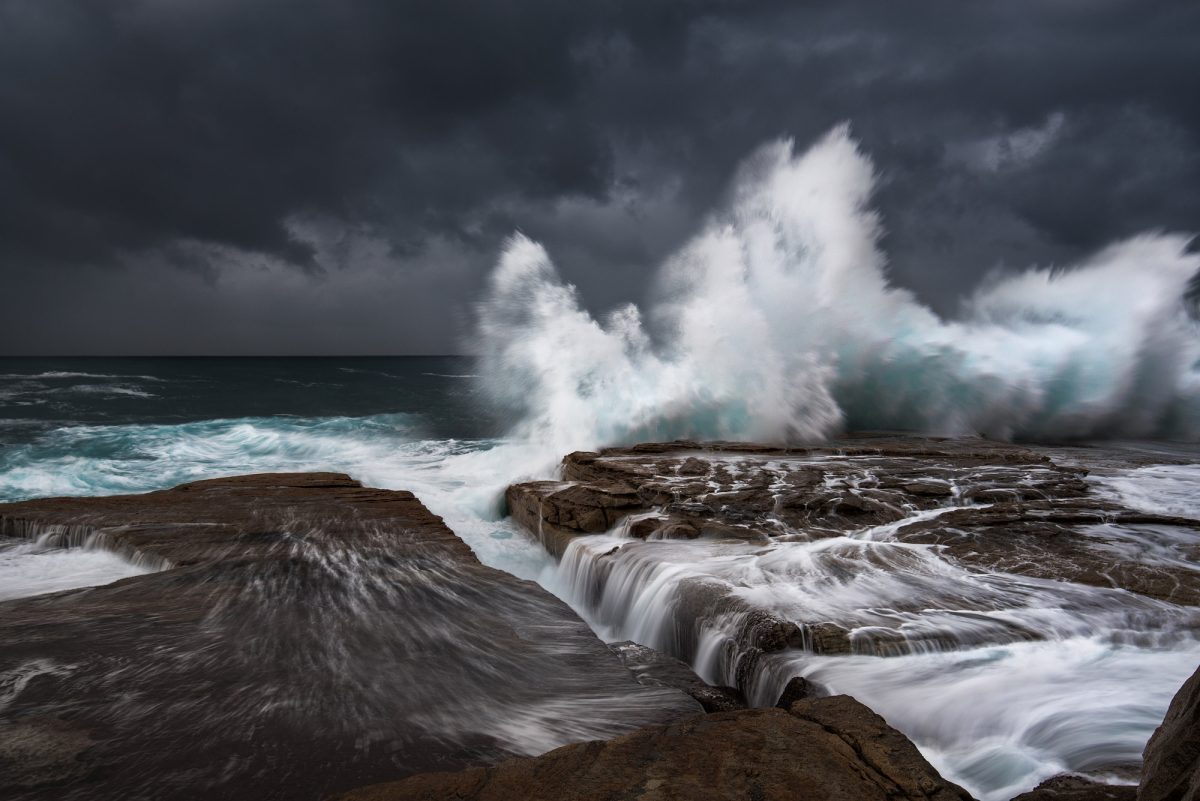



Ms.Kenny • Feb 23, 2021 at 7:33 pm
This is fantastic, Kirsten! Thank you for highlighting these women and their accomplishments.
Emily McLaughlin • Feb 9, 2021 at 11:42 am
Such inspiring women! Thank you for drawing attention to them with this article!
Ms. Parasmo • Feb 8, 2021 at 8:26 am
I love this article! Great job highlighting the achievements of important women in history.